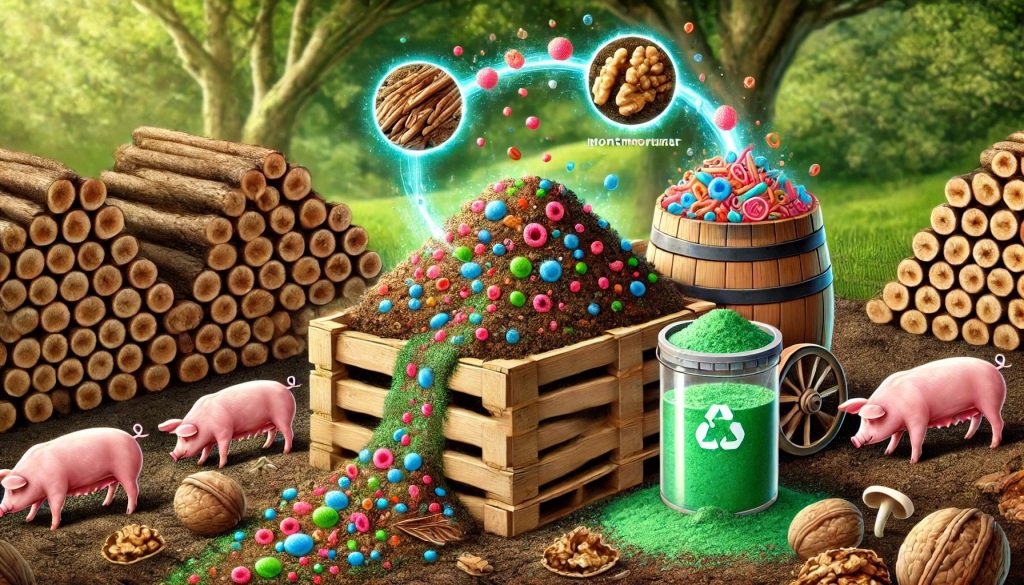Capone A., Borowski S., Sobolewska E., Zaccariello L., Morrone B., 2024, Biochar and Hydrochar Impact on the
Anaerobic Digestion Process of Sewage Sludge, Chemical Engineering Transactions, 109, 259-264 DOI:10.3303/CET24109044
Sewage sludge, a significant byproduct of wastewater treatment, poses disposal challenges. Anaerobic digestion (AD) offers a solution by converting this waste into biogas, primarily methane, through a biological process. This study investigates how adding biochar and hydrochar to the AD process can enhance methane production.
Biochar, produced through pyrolysis, and hydrochar, created via hydrothermal carbonization, are both carbon-rich but differ in their production processes and properties. The researchers conducted experiments using batch reactors filled with sewage sludge and inoculum, to which varying amounts of biochar and hydrochar were added. The AD process was carried out at a mesophilic temperature of 35°C over 34 days, with methane production monitored throughout.
Results showed that both biochar and hydrochar positively influenced methane yield, but their effectiveness varied with the amount used. For biochar, significant methane increases were observed with 0.5g and 5g additions. Hydrochar, on the other hand, showed the highest increase in methane production with 0.5g and 8g additions, achieving up to a 9% increase compared to the control.
The study also explored the impact of these additives on volatile fatty acids (VFAs) and other digestate components. Hydrochar, in particular, led to a notable increase in VFAs, which are crucial for efficient biogas production. Additionally, biochar resulted in higher orthophosphate production, while hydrochar’s porous structure potentially helped in trapping pollutants.
In conclusion, both biochar and hydrochar can enhance methane production in the anaerobic digestion of sewage sludge, with hydrochar showing slightly better results under certain conditions. These findings highlight the potential of these carbonaceous materials to optimize waste-to-energy processes, contributing to more sustainable waste management practices.






Leave a comment